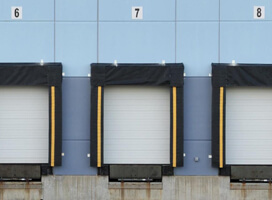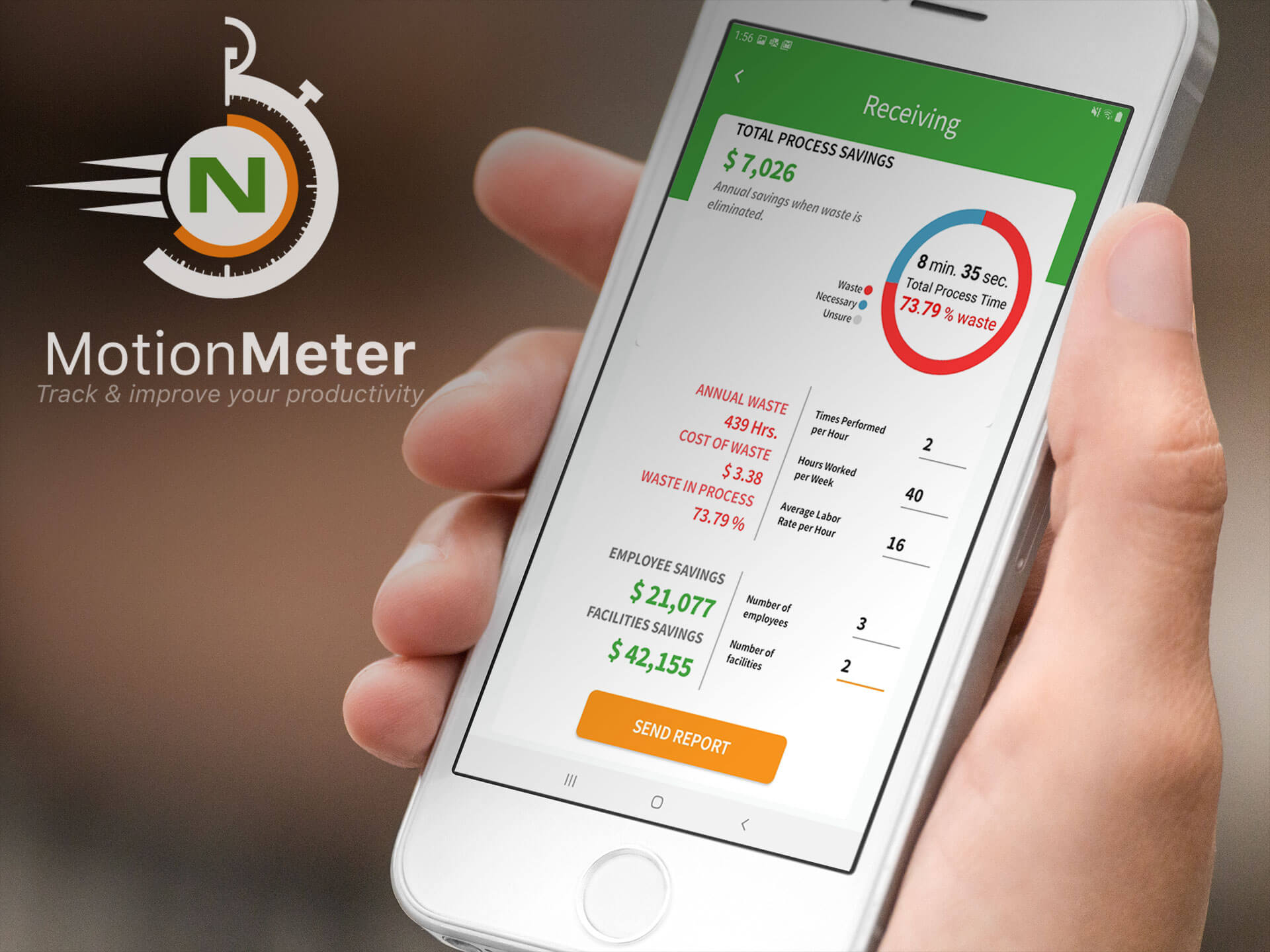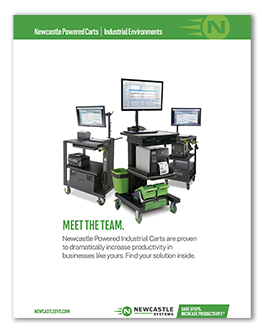
If you’re in the warehouse or distribution center business, you likely know that keeping deliveries on a predictable schedule can be challenging. Truck drivers and transportation companies have their own deadlines and agendas, which may not align with your internal priorities. What happens when you don’t have the internal capacity to handle unexpected deliveries or fail to get the items you need on schedule?
Warehouse Receiving — The Essential Elements
 Warehouse receiving involves a series of steps designed to effectively verify, record, and organize incoming shipments. These processes ensure efficient operations, accurate inventory management, improved overall productivity, and seamless order fulfillment by systematically handling incoming goods. The essential elements of warehouse receiving include:
Warehouse receiving involves a series of steps designed to effectively verify, record, and organize incoming shipments. These processes ensure efficient operations, accurate inventory management, improved overall productivity, and seamless order fulfillment by systematically handling incoming goods. The essential elements of warehouse receiving include:
Step 1: Review the Purchase Order
The first step is to check the purchase order so you know what is coming into your warehouse and when.
Step 2: Communicate With Carriers
Communicate with your suppliers and transportation carriers to agree on an arrival time so the receiving department can be ready to handle the arrival and processing.
Step 3: Perform an Initial Inspection
A quick, initial inspection of the goods should happen while they are still on the truck or in the container. This prevents the entire shipment from being unloaded if something is wrong.
Step 4: Unload the Shipment
Once it’s confirmed that the shipment is correct, the unloading process can proceed.
Step 5: Count and Further Inspect the Order
This step involves a detailed inspection of the goods to confirm you have received every item listed on the purchase order and that those products are in good condition.
Step 6: Process and Put Away the Order
Next, your team will store the products on your warehouse’s shelves to add them to inventory.
Step 7: Resolve Any Issues
Finally, your receiving team will need to resolve any issues with the shipping company or manufacturer, such as getting damaged or missing goods replaced.
Why Unexpected Deliveries Happen
On paper, it appears that a warehouse’s receiving operations should operate like a well-oiled machine. But, because outside players are involved, events might happen that impact your efficiency and results. Some of the top reasons for unexpected deliveries include:
Trucking Companies
 It’s not uncommon for truckers to camp outside warehouse facilities to be among the first in line for unloading, which creates a bottleneck issue for warehouses that may not be expecting those shipments for hours or days.
It’s not uncommon for truckers to camp outside warehouse facilities to be among the first in line for unloading, which creates a bottleneck issue for warehouses that may not be expecting those shipments for hours or days.
Supplier Issues
Incorrect orders being shipped, delays from suppliers, or unexpected changes in orders can contribute to warehouses receiving unexpected arrivals of products.
Failed Deliveries
Some online sellers require a signature for order deliveries. When too many of these deliveries fail due to no one being available or inaccessible delivery locations, the items will be returned to the warehouse.
Inventory Mismanagement
Many warehouses have established automated inventory management systems to replenish inventory when it reaches specified levels. However, improper stock management or poor inventory tracking processes can result in unexpected overstocking situations.
Brushing Scams
While not as common on a commercial level, a brushing scam involves the receipt of unsolicited packages. It’s an illegal practice used by third-party sellers, and something warehouses should consider.
How Surprise Deliveries Can Impact Your Warehouse
When surprise deliveries happen, it can be a major headache for your warehouse. Here are some of the potential ways they can affect your operations:
 Stretched Capacity — Many warehouses are already stretched to or beyond capacity, and surprise deliveries will only make this situation worse.
Stretched Capacity — Many warehouses are already stretched to or beyond capacity, and surprise deliveries will only make this situation worse. - Rushed Processes — Unexpected deliveries will force your warehouse’s workers and systems to move faster than planned or designed.
- Increased Errors — When you have more products coming into your warehouse than planned or than you can handle, it can lead to increased errors.
- Higher Fees — If you lack the capability to unload unexpected deliveries quickly, it may result in unfair penalties imposed by business partners for holding containers too long at your facility, also known as “detention fees.”
- More Delays — Surprise deliveries can lead to confusion and delays in unloading trucks or storing inventory during periods of stretched capacity.
- Dissatisfied Workers — A poorly-run receiving operation can cause significant stress for your warehouse workers, leading them to seek better opportunities. This environment can also lead to increased hazards and workplace injuries.
- Unhappy Customers — Although your customers are somewhat removed from the receiving process, they are still negatively impacted by errors, damaged products, or incorrect inventory counts.
Managing Unexpected Deliveries in Your Warehouse
Warehouse receiving has long been a misunderstood source of inefficiency. Whether it’s bottlenecks due to a lack of capacity or errors caused by unexpected deliveries, it can have a massive impact on all areas of your business. Here are some strategies for preventing and managing unexpected warehouse deliveries and improving overall efficiency:
1. Require Accurate Documentation
Maintain accurate invoices, purchase orders, and shipping labels to minimize the risk of errors and surprises.
2. Focus on Clear Communication
Communicate regularly with suppliers and logistics companies to outline your expectations and provide any updates to your receiving procedures.
3. Leverage Technology
 Use technology and automation tools to provide real-time tracking of planned arrivals and notifications of shipment exceptions. Consider using a warehouse management system (WMS) to reduce manual errors and streamline operations.
Use technology and automation tools to provide real-time tracking of planned arrivals and notifications of shipment exceptions. Consider using a warehouse management system (WMS) to reduce manual errors and streamline operations.
4. Optimize Warehouse Operations
Optimize your receiving area layout and your processes to reduce waste, enhance responsiveness, and boost overall efficiency.
5. Create Contingency Plans
Develop contingency plans to account for various types of disruptions, including receiving unplanned deliveries, natural disasters, and unexpected demand or supply chain issues.
Optimizing warehouse receiving is critical for maintaining an accurate and efficient inventory management system and keeping up with order fulfillment schedules. By streamlining processes, implementing advanced technologies, and fostering effective communication, you can reduce unexpected deliveries and errors and significantly improve your warehouse receiving operations.












